Giant Shoulder Callouses – The Proud Mark of Carrying a God on Your Shoulders
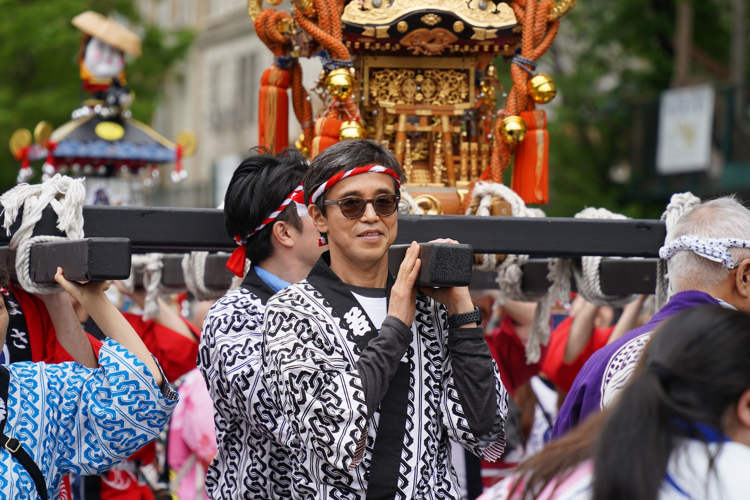
Japanese men who carry mobile shrines known as mikoshi every year as part of important Shinto festivals are left with giant callouses on their shoulders that they display as badges of honor. Carrying mikoshi shrines is considered a great honor among Japanese Shintoists, and while some may do it just once in their lives, the […]
Bodi, the African Tribe Where Men Compete in a Fattening Contest

The Bodi tribe of southern Ethiopia holds a yearly festival in which the man with the biggest belly is honored and celebrated. To prepare for this big event, the men go on a grueling six-month fattening journey. Obesity and big bellies are usually seen as banes of modern life that not only have a negative […]
Peru’s Controversial Bull Vs. Bird Battle
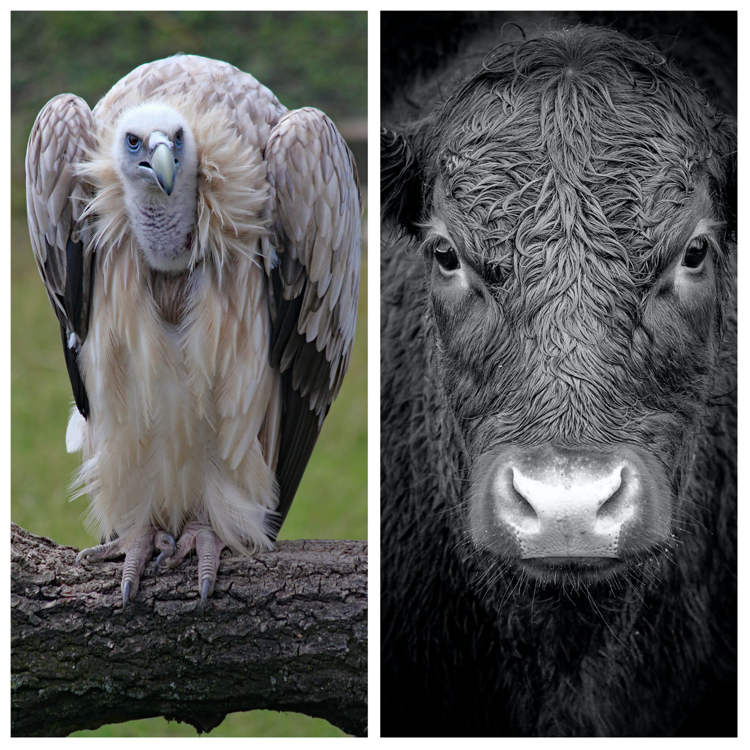
The small village of Coyllurqui is famous for a controversial “blood festival”, the highlight of which is a symbolic battle between a condor and a bull. The Peruvian Blood Festival known as the Yawar Fiesta is a big deal in Coyllurqui, a small mountain village a nine-hour bus ride away from the city of Cusco. […]
No One Does Giant Float Festivals Quite Like Japan
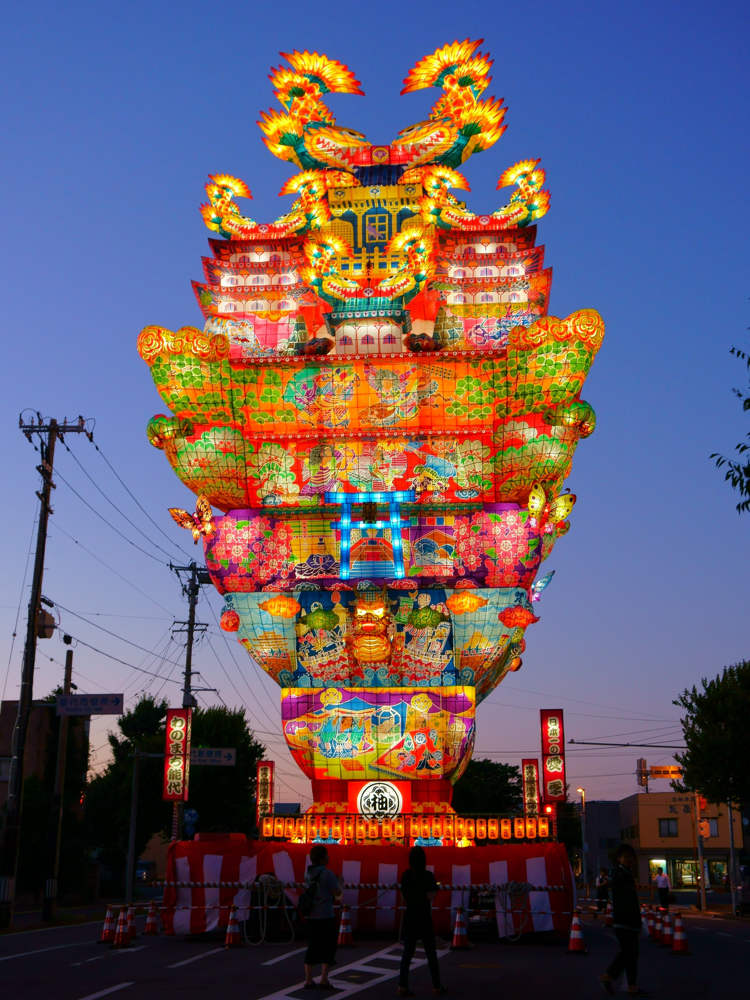
Float festivals take place all around the world, but you’ll have a hard time finding intricate, illuminated works of art quite like the ones paraded in Japan. When it comes to designing and creating colorful, eye-catching floats that illuminate the night sky, no one does it better than the Japanese. The sheer size of these […]
Indian Village Ends Diwali With Massive Cow Dung Battle
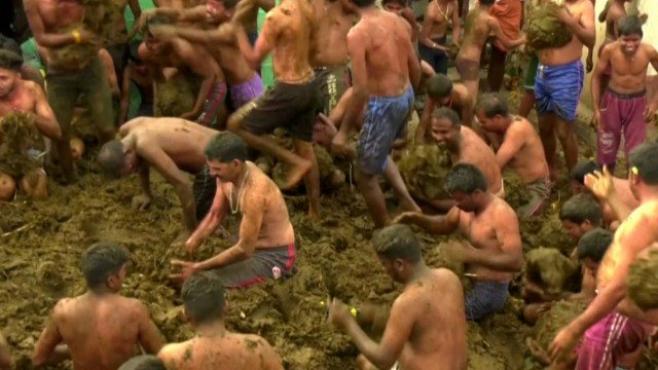
The small Indian village of Gummatapura is famous all over the world for its unique way of ending the annual Diwali celebrations – a massive cow dung battle called “Gorehabba”. Spain has La Tomatina, a famous battle with tomatoes, Italy has the traditional Ivrea Battle of Oranges, and India has Gorehabba, a cow dung battle […]
Only in Japan: Burning a Mountain as a Celebration
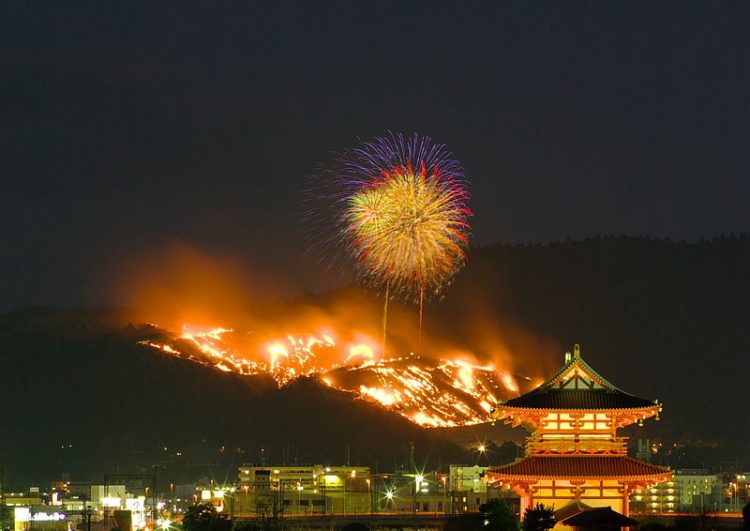
On the fourth Saturday of each January, the dead grass of Mount Wakakusa is set ablaze as part of a unique and impressive festival called Wakakusa Yamayaki (‘Wakakusa Burning Mountain’). No one known exactly how the tradition of burning an entire 342-metre-high hill in Japan’s Nara Prefecture actually started, but one thing is for certain […]
Festival of Exploding Hammers Ushers in Lent with a Bang

Every February, on the day before Lent, the small Mexican town of San Juan de la Vega honors its namesake saint with a loud tradition that has come to be known as the Festival of Exploding Hammers. The origins of this bombastic festival are shrouded in mystery. According to one local story, Juan de la […]
The Indian Village Where People Play with Live Scorpions

Most people wouldn’t dare touch a scorpion for all the money in the world, but in one small Indian village, people actually seek out the poisonous arachnids and put them on their faces, or eve in their mouths, as part of a worshiping ritual. Every year, on Naga Panchami, when most of India worships the […]
The Annual Cow Dung Cake Battle of Kairuppala
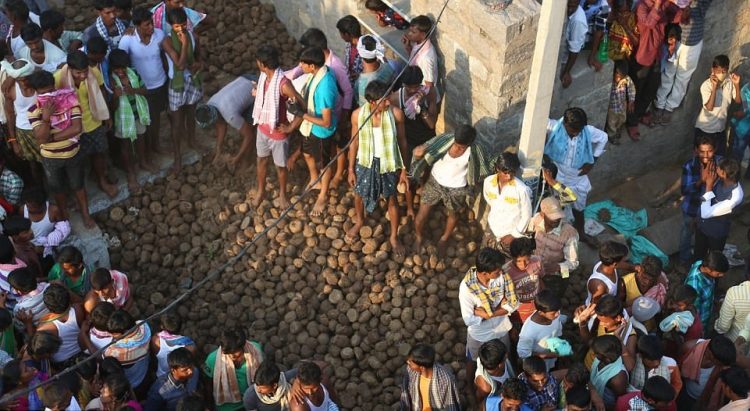
Every year, the people of Kairuppala, a village in India’s Andhra Pradesh state, engage in an epic cow dung cake battle that often leaves dozens injured. They believe the tradition brings them good health and prosperity. Legend has it that Lord Veerabhadra Swamy, a fearsome form of the Hindu god Shiva, and the Goddess Bhadrakhali […]
World’s Largest Rattlesnake Roundup – How to Turn Slaughtering Thousands of Snakes into a Yearly Festival

For the past 59 years, the residents of Sweetwater, Texas, have been coming together during the second weekend of March to celebrate the ‘World’s Largest Rattlesnake Roundup’, a four-day event that features the beheading and skinning of thousands of rattlesnakes in front of a live audience. Annual rattlesnake roundups are common in several areas of […]
Lithuanians Build Intricate Straw Sculpture Park Only to Burn It Down in Fiery Celebration

Every year, the people of New Town, in Panevėžys, Lithuania, hold an annual festival where tall intricate sculptures made completely out of straws are displayed for the entire month of October in a temporary Straw Sculpture Park. At the end of the month, the straw sculptures are burned to the ground to mark the transition […]
Indonesian Villagers Beat Each Other with Rattan Brooms in the Name of Brotherhood and Friendship

Every year, a week after the end of Ramadan, the Indonesian villages of Morella and Mamala hold Pukul Sapu, a unique ritual that has men from the two villages beating each other across their bare backs with rattan broomsticks. There’s nothing like a good beating to strengthen the bond between members of a community, at according to […]
Physical Deformities in the Name of Tradition – The Cullatori of Nola

La Festa dei Gigli, or The Festival of Lilies, is held every year in the Italian town of Nola. In celebration of St. Paulinus, who in 410 AD saved his people from the invading Visigoths, local man carry heavy wooden obelisks on their shoulders through the streets of Nola, which in time causes them to […]
Japan’s Hand Canon Fireworks Look Insanely Dangerous

Out of all the impressive fireworks celebrations held annually all around Japan, Tezutsu Hanabi is by far the most eye-catching. Experienced masters hold large bamboo tubes filled with black powder in their arms as flames gush out towards the sky. Did I mention they explode at the end? Tezutsu hand cannons are believed to have originated […]
Revelers Throw Dead Rats at Each Other as Part of Bizarre Spanish Festival

Having a dead rat thrown straight in the face might not be everyone’s idea of a good time, but for the people of El Puig, the yearly Battle of the Rats is an eagerly awaited event. During the bizarre celebration, people pick up frozen rat corpses and throw them at each other in the name […]
